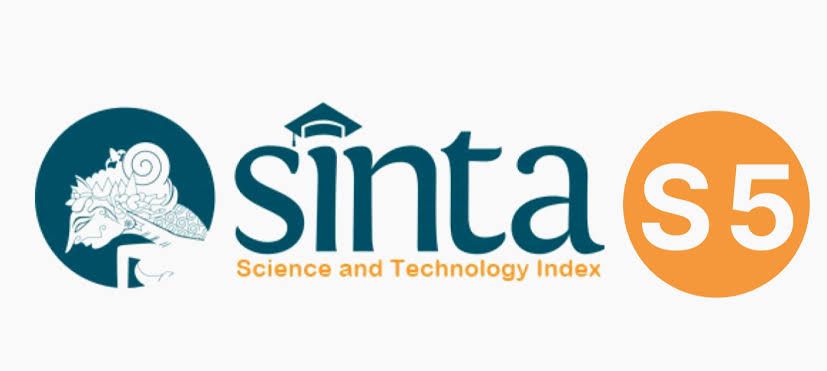Principles of Spine Instrumentation
DOI:
https://doi.org/10.32734/aanhs-j.v2i1.1044Keywords:
Spine InstrumentationAbstract
Introduction : Spinal implants were initially, and are still, used for the supplementation of bony fusion. However, bony fusion operations were initially performed without implants.1 In the US, Wire and screw fixation of the unstable spine techniques remained to use until the pre-World War II years. 20 years after World War II, there were two major breakthroughs in spine surgery: the Harrington system for spine stabilization and deformity correction and the interspinous wiring technique of Rogers. Rogers described the technique of cervical interspinous wiring in the early 1940s. Harrington introduced his instrumentation system in 1962.
Discussion : Since then, modifications of both techniques have been devised to increase their security of fixation. The next significant advance in dorsal spinal stabilization was the development of multisegmental spinal instrumentation. Multisegmental instrumentation permits sharing of the load applied to the instrumentation construct with multiple vertebrae, so that decreasing the chance of failure at the metal–bone interface.The Luque segmental wiring technique, developed in the early 1970s, was the first of this class of implants to achieve wide clinical application. Subsequent modifications have been used.
Conclusion : Further modifications were the forerunners of more complex, currently used systems of universal spinal instrumentation (USI).
Downloads
Downloads
Published
How to Cite
Issue
Section
License
Copyright (c) 2019 Asian Australasian Neuro and Health Science Journal (AANHS-J)

This work is licensed under a Creative Commons Attribution-NonCommercial-NoDerivatives 4.0 International License.
The Authors submitting a manuscript do understand that if the manuscript was accepted for publication, the copyright of the article shall be assigned to AANHS Journal.
The copyright encompasses exclusive rights to reproduce and deliver the article in all forms and media. The reproduction of any part of this journal, its storage in databases and its transmission by any form or media will be allowed only with a written permission from Asian Australasian Neuro and Health Science Journal (AANHSJ).
The Copyright Transfer Form can be downloaded here.
The Copyright form should be signed originally and sent to the Editorial Office in the form of original mail or scanned document.














